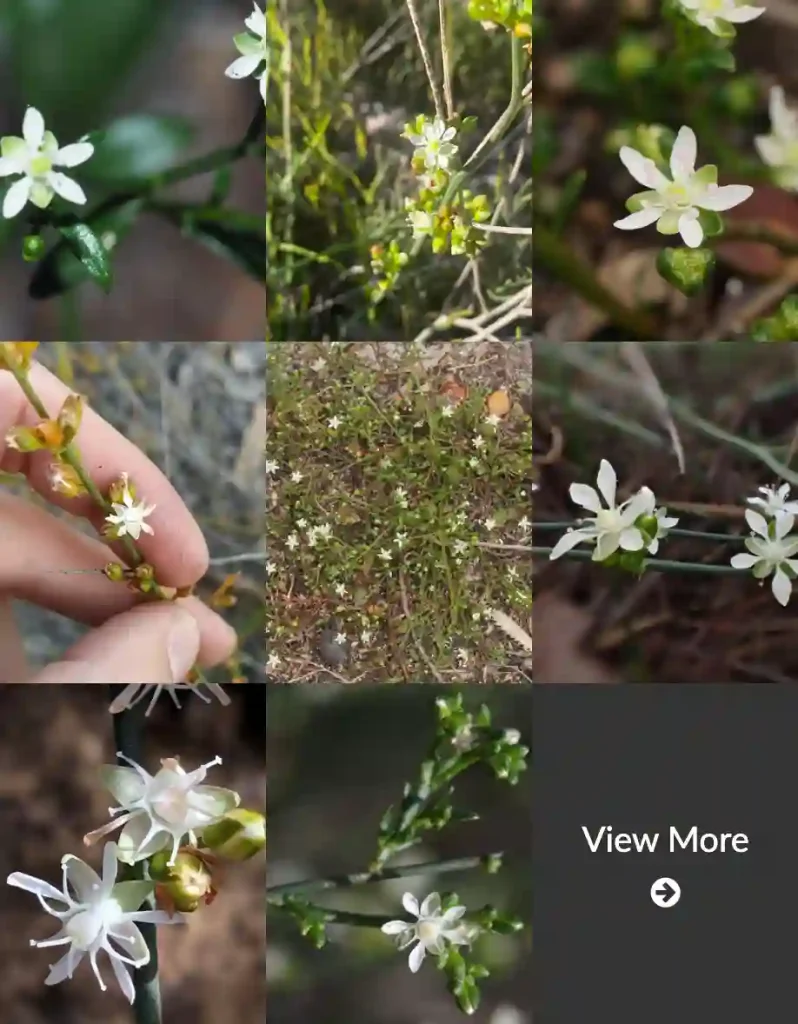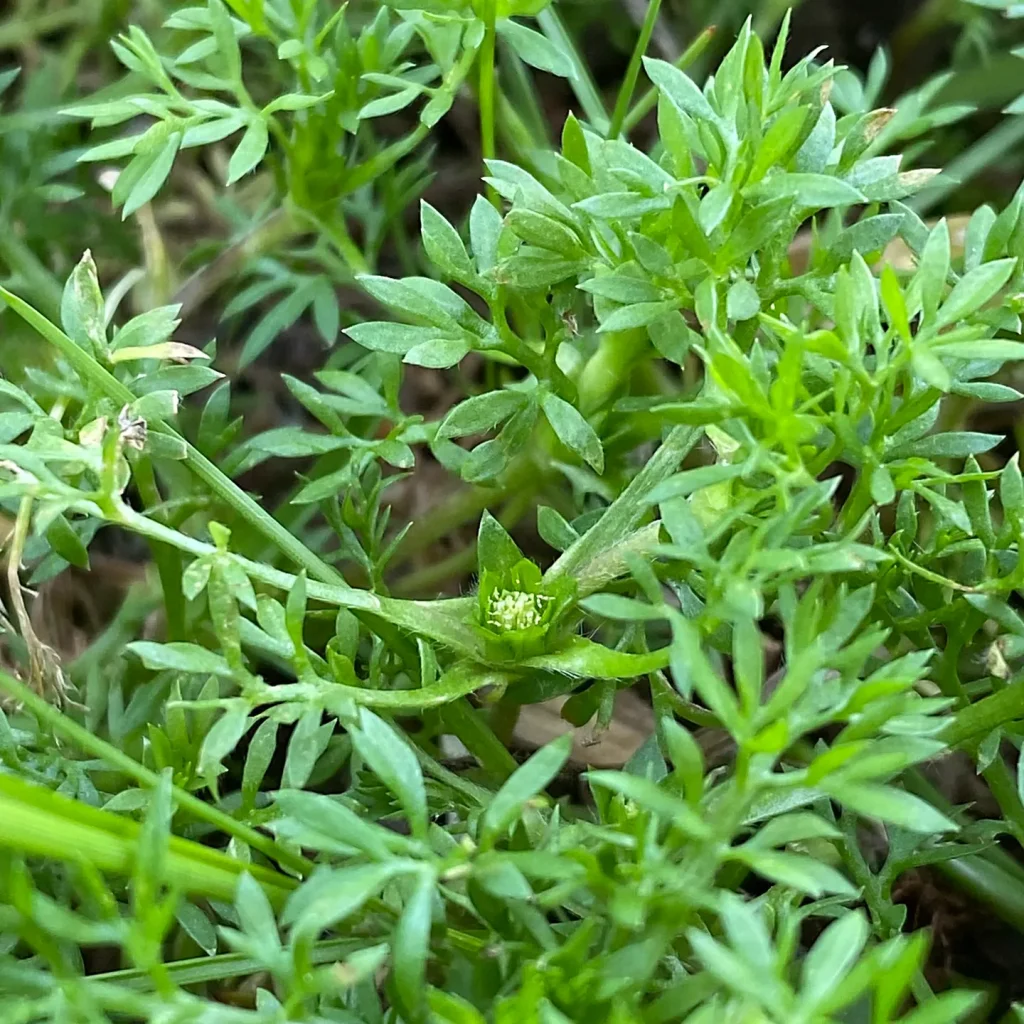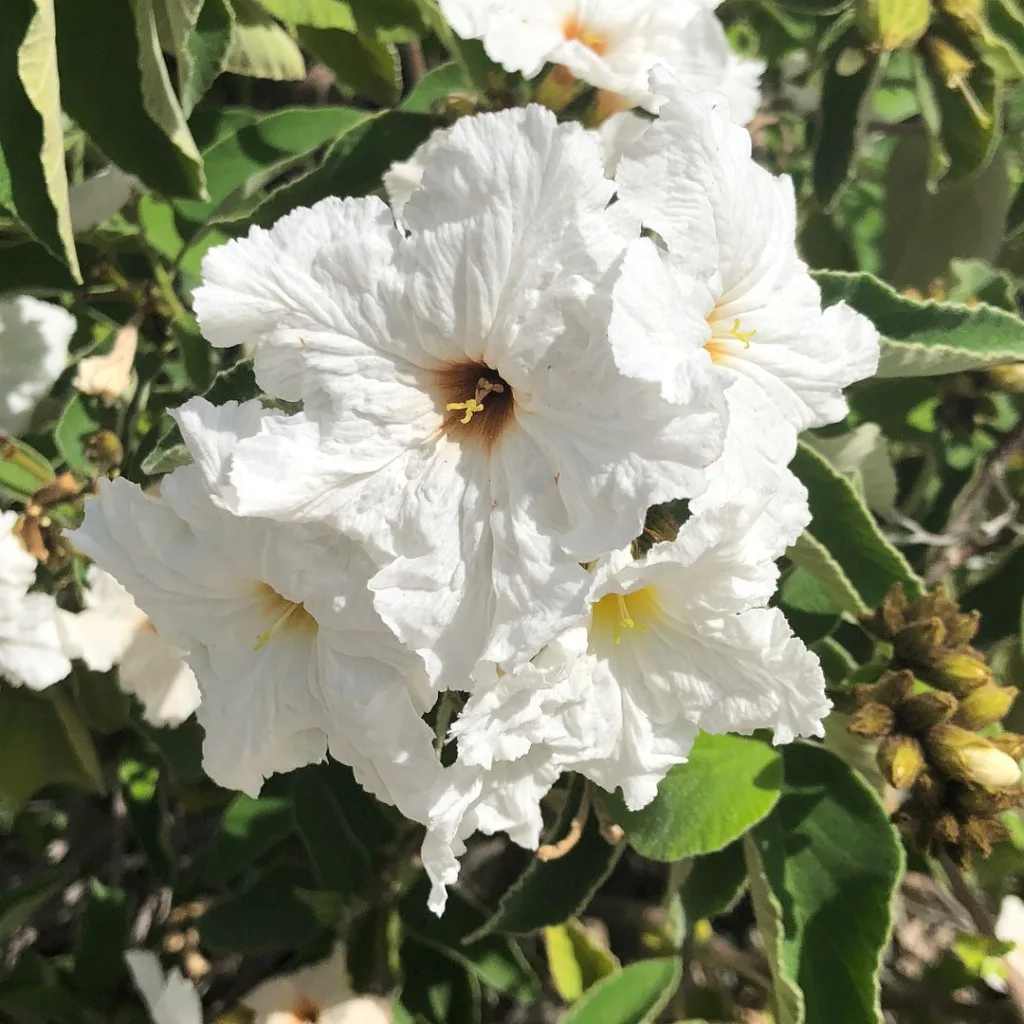My Fascination with the Basellaceae Family: A Journey of Discovery
As a passionate botanist, I have always been captivated by the diverse and intricate world of plants. Among the many plant families that have piqued my interest, the Basellaceae family stands out for its unique characteristics and intriguing history. Join me as I delve into the fascinating world of Basellaceae, exploring its genera, morphology, and cultural significance.
Basellaceae: An Overview
The Basellaceae family, also known as the “basella family,” is a relatively small but fascinating group of flowering plants. It comprises approximately 20 species distributed across five genera. These plants are predominantly found in tropical and subtropical regions, particularly in the Americas, Africa, and Asia.
Genera of Basellaceae: A Closer Look
The Basellaceae family boasts a diverse range of genera, each with its own distinctive features and ecological significance. Let’s explore some of the prominent genera within this family:
- Basella: This genus is perhaps the most well-known within the Basellaceae family. It includes the popular species Basella alba and Basella rubra, commonly known as “Malabar spinach.” These plants are cultivated for their edible leaves, which are rich in vitamins and minerals.
- Anredera: This genus encompasses several species of vining plants, including the ornamental species Anredera cordifolia, known as “Madeira vine.” These plants are admired for their attractive foliage and cascading growth habit.
- Ullucus: This genus includes the species Ullucus tuberosus, commonly known as “oca.” This plant is cultivated for its edible tubers, which are a staple food in the Andean region of South America.
- Tournonia: This is a monotypic genus, represented by the single species Tournonia hookeriana. This plant is native to tropical Africa and is characterized by its unique floral structure.
Morphological Characteristics of Basellaceae
The Basellaceae family exhibits a range of morphological characteristics that distinguish it from other plant families. These plants are typically herbaceous or succulent vines, often with twining or climbing stems. Their leaves are simple, alternate, and often fleshy or succulent. The flowers are small, inconspicuous, and often arranged in clusters or spikes. The fruits are typically fleshy berries or capsules, containing one or more seeds.
Cultural and Economic Significance of Basellaceae
The Basellaceae family holds cultural and economic significance in various parts of the world. As mentioned earlier, several species within this family are cultivated for their edible leaves or tubers. Malabar spinach, for instance, is a popular leafy vegetable in many tropical and subtropical regions. Oca, on the other hand, is a staple food in the Andean region and is valued for its nutritional value and versatility in culinary preparations.
In addition to their culinary uses, some Basellaceae species are also utilized for medicinal purposes. Traditional medicine systems in different cultures employ various parts of these plants to treat ailments such as fever, inflammation, and digestive disorders.
Furthermore, certain species within the Basellaceae family are valued for their ornamental attributes. Madeira vine, with its cascading growth habit and attractive foliage, is a popular choice for landscaping and vertical gardening.
My Continued Exploration of Basellaceae
As a dedicated botanist, my journey of discovery within the Basellaceae family is far from over. I am eager to continue exploring the lesser-known species within this family and uncover their hidden secrets. I am also keen to investigate the potential applications of Basellaceae plants in sustainable agriculture, medicine, and horticulture.
The Basellaceae family serves as a reminder of the boundless wonders of the plant kingdom. It is a testament to the intricate connections between plants and human cultures, and it underscores the importance of conserving plant biodiversity for future generations. Through my ongoing research and exploration, I hope to contribute to the growing body of knowledge about this fascinating plant family and inspire others to appreciate the beauty and value of Basellaceae.
In conclusion, the Basellaceae family is a captivating group of plants that offers a wealth of knowledge and inspiration to botanists and plant enthusiasts alike. From its diverse genera to its unique morphological characteristics and cultural significance, this family continues to intrigue and amaze me. I invite you to join me in celebrating the wonders of Basellaceae and embark on your own journey of discovery within this remarkable plant family.
If i die, water my plants!


